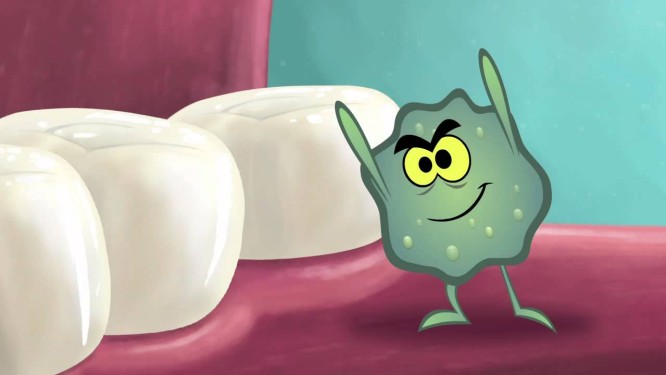Cavities, or tooth decay, is a preventable disease. When your teeth and gums are consistently exposed to large amounts of starches and sugars, acids may form that begin to eat away at your teeth. Carbohydrate-rich foods such as candy, cookies, soft drinks and even fruit juices leave deposits on your teeth. Those deposits bond with the bacteria that normally survive in your mouth and form a substance called plaque. The combination of both bacteria and plaque form acids that can damage your teeth, with tooth decay resulting.
The signs and symptoms of cavities may be increased temperature sensitivity to foods. Foods that are very cold or sweet may create discomfort. However, many cavities may exhibit no signs or symptoms and are only visible on a radiograph. These are usually smaller areas of decay and many form in between the teeth. These cavities are referred to as flossing cavities because many are preventable with flossing. A dentist may also detect a cavity using an instrument to feel tooth structure that is weak and softened by tooth decay.
The treatment of cavities is a form of a restoration. A filling is the most popular if the cavity is small enough. However, if the cavity is larger in size than a stronger restoration such as a crown or inlay is necessary. Sometimes a cavity is small enough that it can reverse itself with the proper treatment with fluoride or calcium. This process is called remineralization. Certain toothpastes and fluoride treatments can help with this process.

